According to EN 1993-1-3 [1], 3.2.2 (1), the average yield strength fya may be used in cases where the yield strength is indicated by the symbol fy if [1], 3.2.2 (4 ) to (8) applies.
The average yield strength fya can be determined by tests on the cold-formed steel cross-section or a simplified calculation method according to [1], Equation (3.1). The increased yield strength fya is calculated according to [1], Equation (3.1) as follows:
where
Ag ... gross cross-sectional area
k ... deformation-dependent numerical value, k = 7 for roll profiling, k = 5 for other profiling methods
n ... number of deflections by 90° in the cross-section with an inner radius of r ≤ 5 ⋅ t (deflections below 90° are to be considered as fractions of n)
t ... design core thickness of the steel material before the cold forming, minus all metallic and organic coatings
Example
The increased yield strength fya is determined for the sigma section shown in Figure 01 from S 355 EN 10025-2.
fyb = 35.5 kN/cm²
fu = 51.0 kN/cm²
Ag = 7.06 cm²
k = 7 for roll profiling
r = 2 mm ≤ 5 ⋅ 2.5 = 12.5 mm → all deflections may be applied
RF-STEEL Cold-Formed Sections
Cold-formed sections can be designed according to [1] and EN 1993-1-5 [2] with the RF-/STEEL Cold-Formed Sections module extension. The increased yield strength fya is considered in RF-/STEEL Cold-Formed Sections according to [1], Equation (3.1). It is assumed that the cross-section was created by roll profiling (for example, the deformation-dependent numerical value is applied with k = 7).
The increased yield strength fya is displayed in the result tables of RF-/STEEL Cold-Formed Sections. Figure 02 shows the increased yield strength fya for the sigma section of this example.
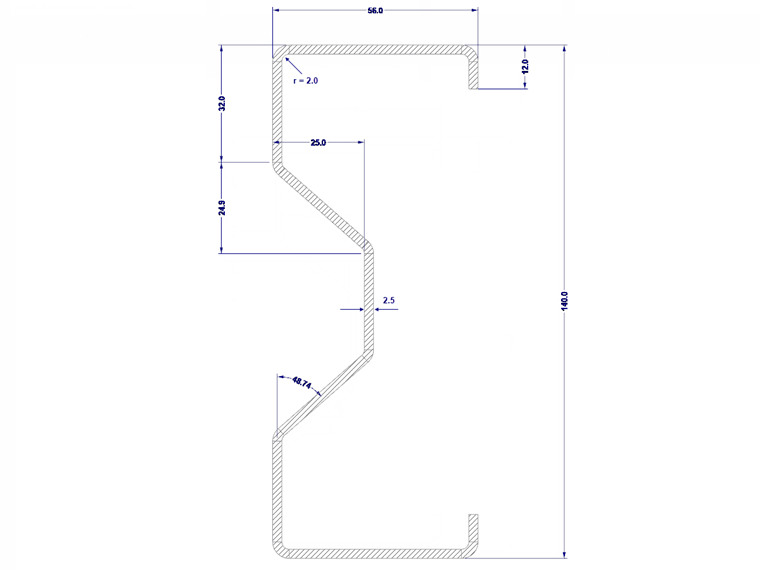
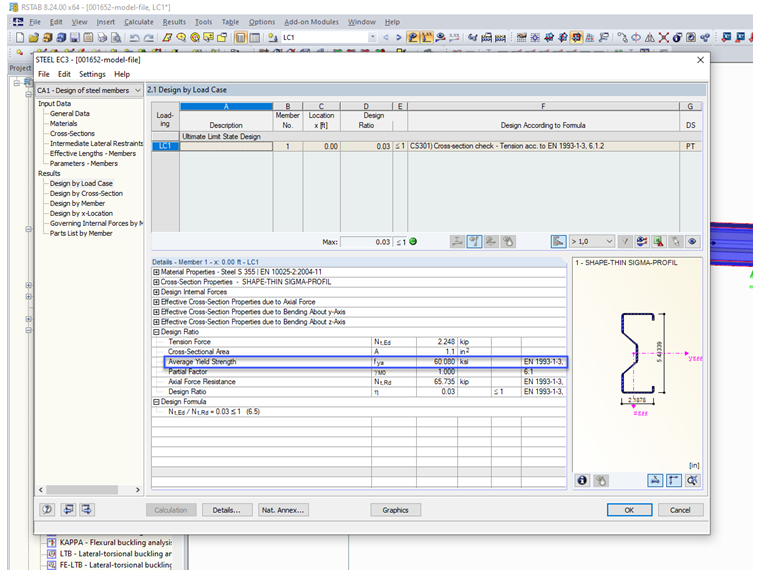



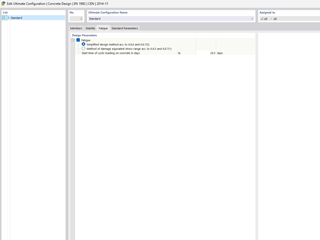
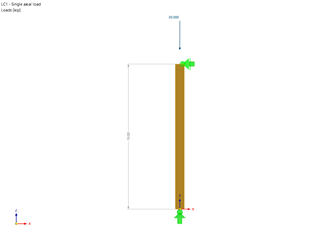









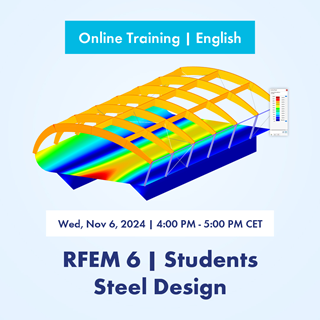




















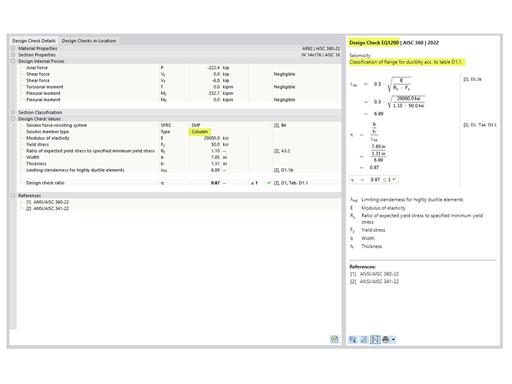
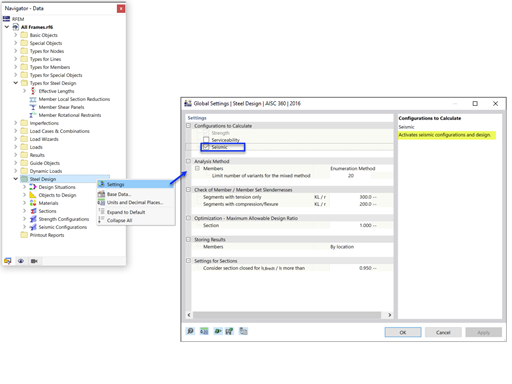
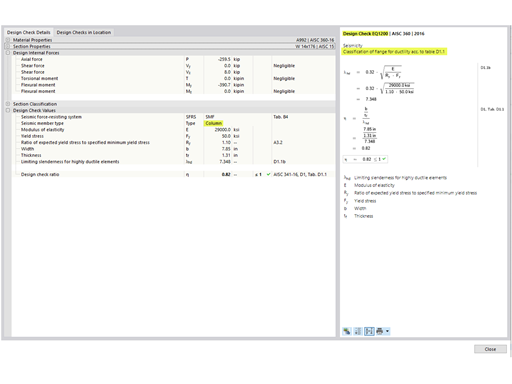




















.png?mw=600&hash=49b6a289915d28aa461360f7308b092631b1446e)














